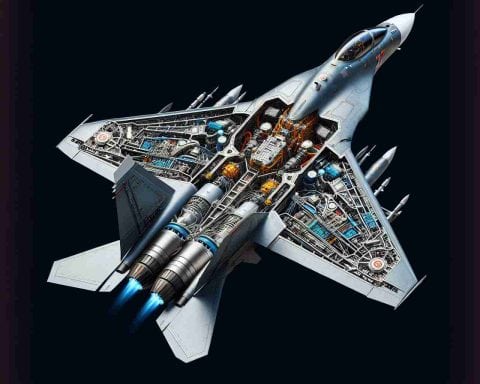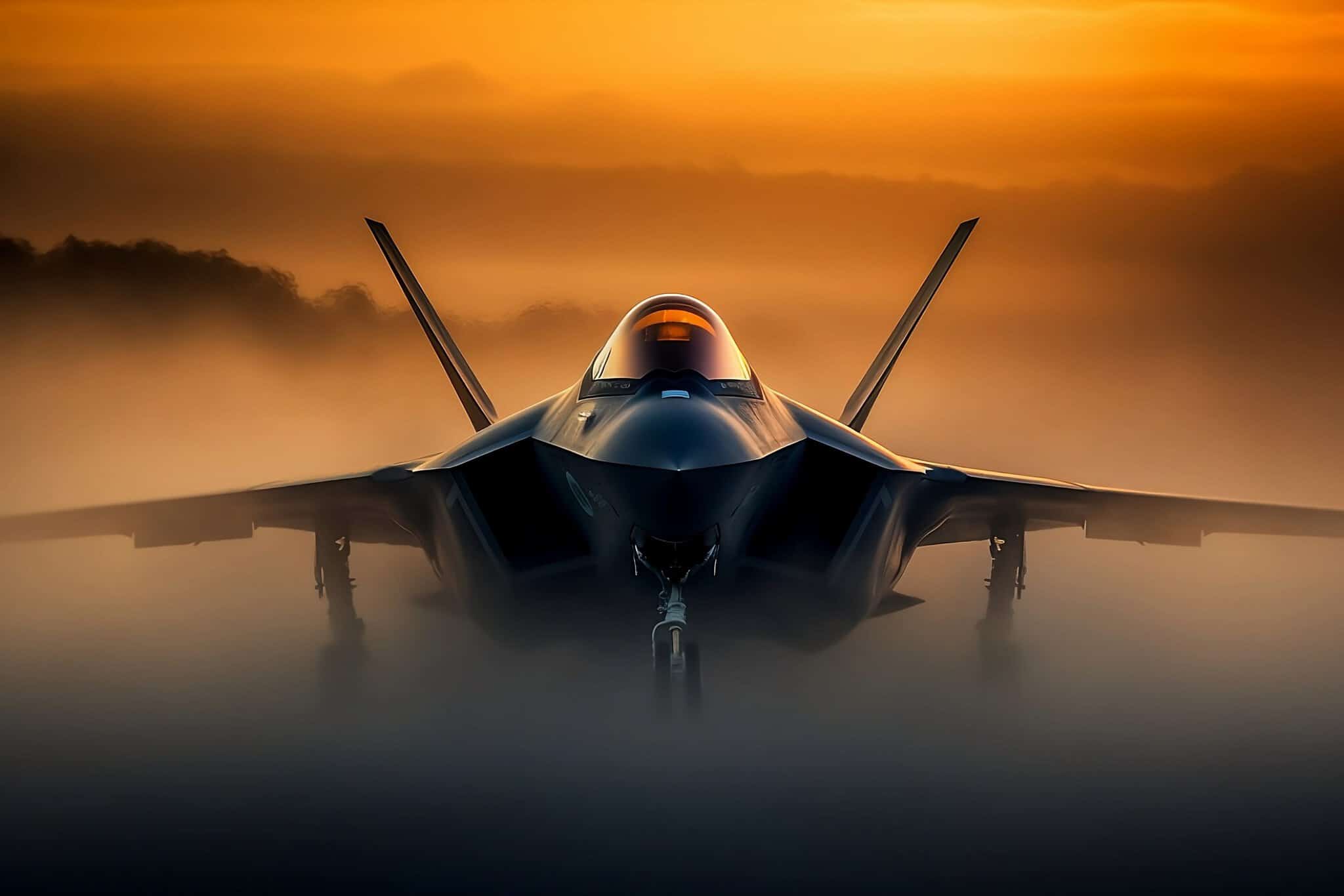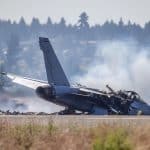The Shenyang J-11: A Powerful Force in the Skies
The Shenyang J-11, a striking aircraft operated by the People’s Liberation Army Air Force, is an exceptional testament to China’s growing prowess in aviation technology. Developed by the Shenyang Aircraft Corporation, the J-11 is a highly capable multi-role fighter jet, modelled closely after the Russian-designed Sukhoi Su-27. Its significance in the modern military landscape cannot be overstated.
Initially, the J-11 was based on the licensed production of the Su-27 in China, reflecting a cooperation between Chinese and Russian aerospace industries. Over time, however, China has taken strides to indigenise the production and development of this aircraft. What sets the J-11 apart are the iterations that have moved away from the original design, incorporating advanced Chinese-engineered avionics, weapon systems, and radar technologies.
This aircraft boasts a top speed of Mach 2.35, and with its powerful twin-engine design, it has proven to be a dominant force in air superiority roles. Furthermore, its remarkable agility and range grant it the versatility required to perform effectively in various combat scenarios.
One of the key enhancements in later versions of the J-11 is the incorporation of avionics and systems developed entirely in China. This evolution not only underscores China’s ambition to bolster its domestic defence capabilities but also demonstrates the country’s commitment to advancing its military technology independently.
In a rapidly evolving global defence environment, the Shenyang J-11 stands as a pivotal component of China’s air defence strategy, underscoring its aspiration to secure prominence in aerial combat capabilities.
China’s Aviation Advancements: The Hidden Impact of the Shenyang J-11
As China continues to fortify its military aviation technology, the evolution of the Shenyang J-11 underscores a transformative shift with potent implications for global geopolitics. While its similarities with the Russian Su-27 are well-publicised, lesser-known aspects of the J-11 reveal deeper changes in global defence dynamics that affect nations and communities worldwide.
By achieving self-sufficiency in the development of the J-11, China minimises its reliance on foreign technology, allowing for greater control in strategic decision-making. This move towards self-reliance could potentially disrupt traditional aerospace industry partnerships and alliances, reshaping how countries approach defence procurement and collaborations.
Why does this matter? As China asserts its independence in defence capabilities, neighbouring countries may feel compelled to bolster their own military arsenals, possibly leading to an arms race in regions like the Asia-Pacific. This escalation can have far-reaching socio-economic and geopolitical consequences, influencing international relations and defence policies across continents.
Furthermore, China’s rapid military advancements underscore broader questions about export policies. There are ongoing discussions regarding the potential export of the J-11 to other nations, which could alter regional power balances and influence global arms trade dynamics.
For communities, the prospect of increased military expenditures due to regional tensions could divert resources away from critical societal needs like infrastructure and education. Thus, while the J-11 epitomises technological prowess, it also brings forth challenges and potential controversies within and beyond China’s borders.
For more information on China’s military advancements, visit Defense News and Janes.










